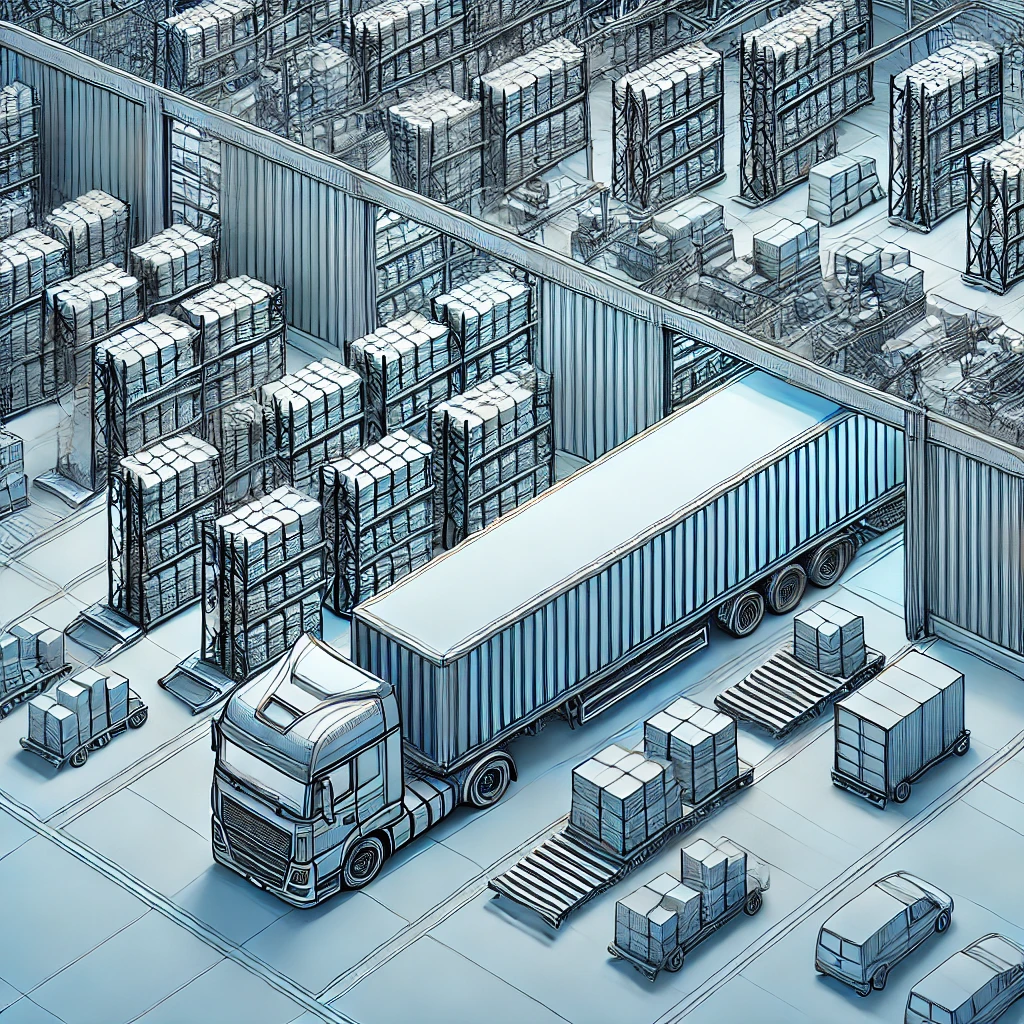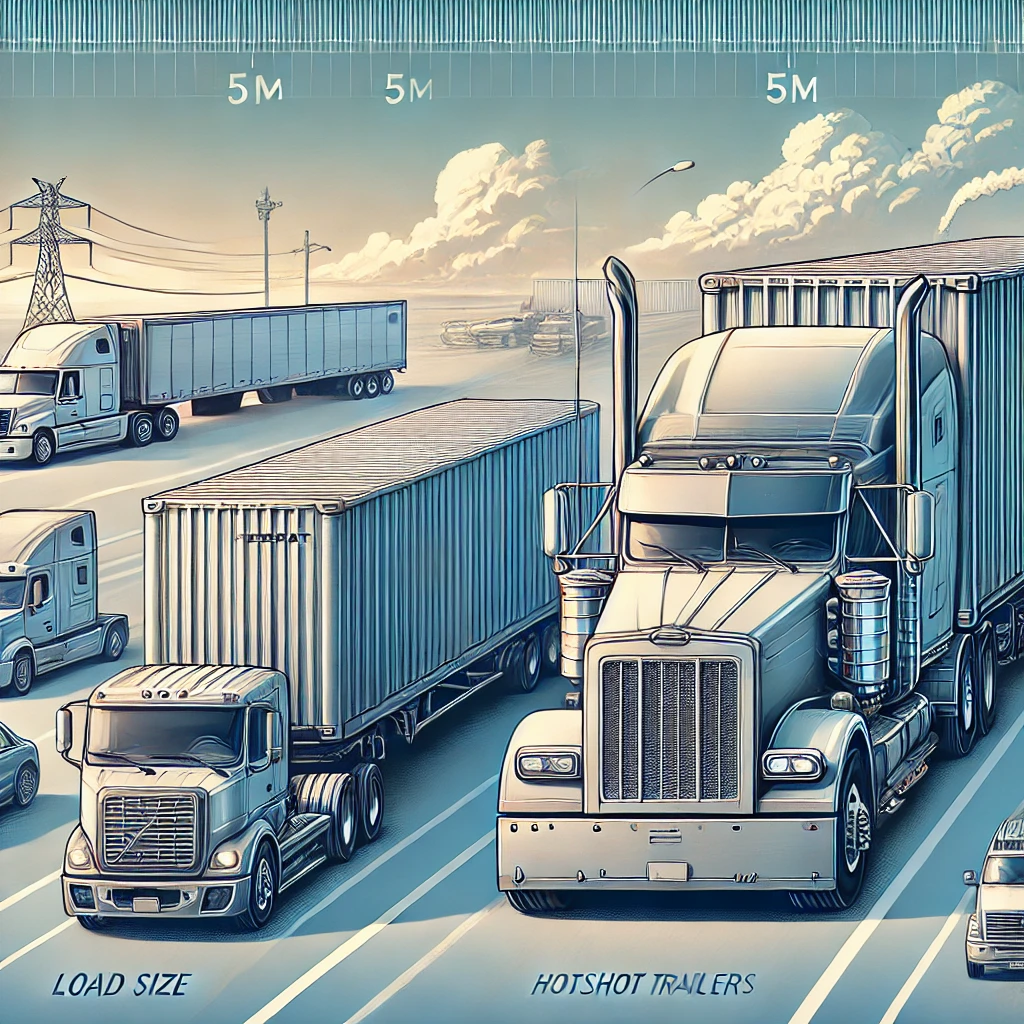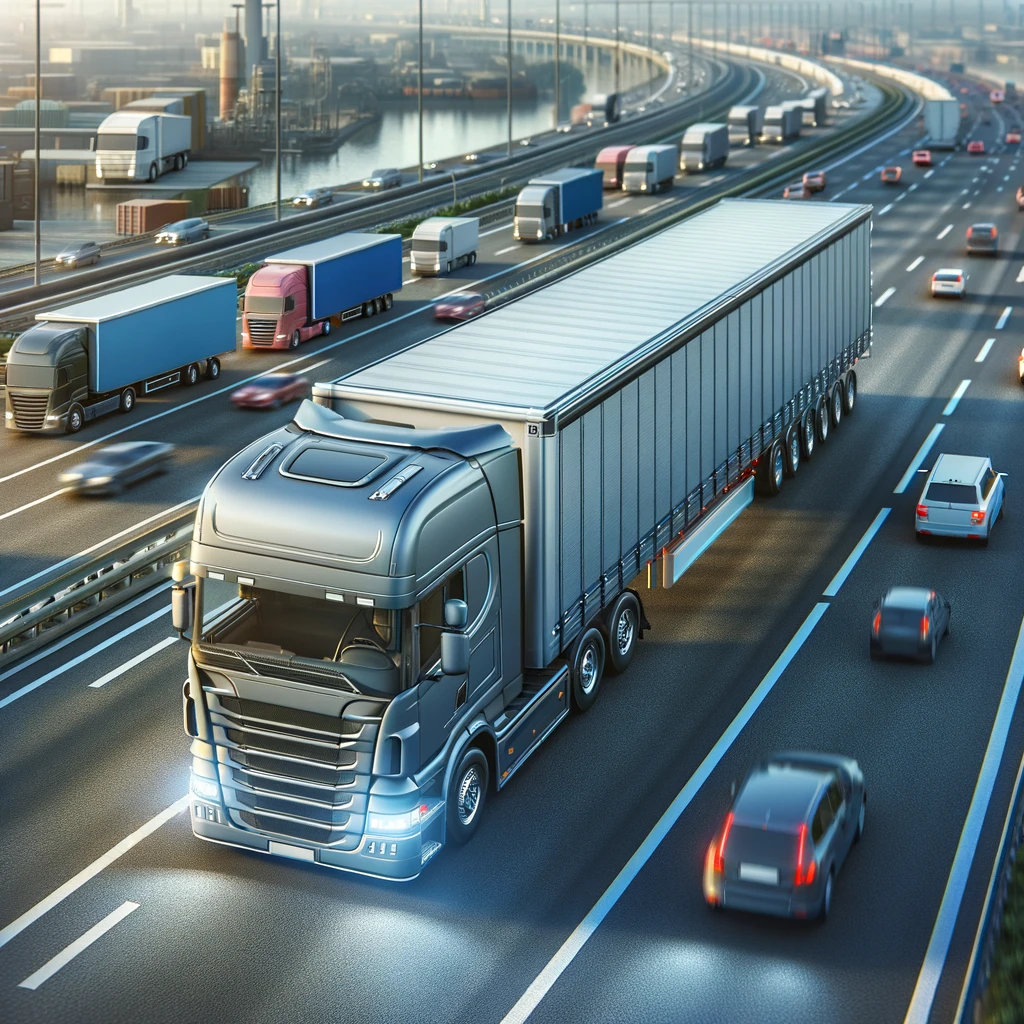Hotshots Trailers vs. Traditional Freight: How Linbis Software Optimizes Both

Understanding Hotshots Trailers
Hotshots trailers, often simply called “Hotshots trailer,” are a flexible and fast option for shipping goods. These trailers are typically pulled by medium-duty trucks and are designed for expedited, time-sensitive deliveries of smaller loads.
Key Features of Hotshots Trailers:
- Flexibility: Can handle a variety of load sizes and types
- Speed: Ideal for time-sensitive deliveries
- Cost-effectiveness: Often more economical for smaller loads
- Accessibility: Can reach locations that larger trucks can’t
Traditional Freight: The Backbone of Shipping
Traditional freight, on the other hand, refers to the more conventional method of shipping goods using large semi-trucks and full-sized trailers.
Characteristics of Traditional Freight:
- High Capacity: Can transport large volumes of goods
- Economical for Large Shipments: More cost-effective for full truckloads
- Established Infrastructure: Benefits from well-developed logistics networks
- Variety of Trailer Types: Includes dry vans, refrigerated trailers, flatbeds, etc.
Comparing Hotshots Trailers and Traditional Freight
1. Load Size and Type
- Hotshots: Ideal for smaller, urgent shipments or specialized equipment
- Traditional: Better suited for large, bulk shipments
2. Delivery Speed
- Hotshots: Typically faster, with more direct routes and fewer stops
- Traditional: May involve longer transit times due to consolidated shipments
3. Cost Structure
- Hotshots: Often priced per mile, can be more expensive for longer distances
- Traditional: Usually more cost-effective for larger loads over long distances
4. Flexibility
- Hotshots: Highly flexible, can adapt quickly to changing demands
- Traditional: Less flexible, but more stable for regular, large-volume shipping
5. Geographic Reach
- Hotshots: Can access more remote or challenging locations
- Traditional: Better for well-established routes between major hubs

The Role of Linbis Software in Optimizing Both Methods
While Hotshots trailer and traditional freight have distinct differences, both can benefit significantly from advanced logistics software like Linbis. Here’s how Linbis optimizes each method:
For Hotshots Trailers:
- Real-time Load Matching: Linbis can quickly match available hotshots trailers with urgent shipment needs, reducing empty miles and increasing efficiency.
- Route Optimization: By analyzing traffic patterns, weather conditions, and delivery windows, Linbis helps hotshot drivers choose the most efficient routes.
- Dynamic Pricing: The software can adjust pricing in real-time based on demand, helping hotshot operators maximize their profits.
- Compliance Management: Linbis keeps track of necessary permits and regulations, which is crucial for hotshot operations that often cross state lines.
For Traditional Freight:
- Load Consolidation: Linbis can identify opportunities to consolidate smaller shipments into full truckloads, improving efficiency for traditional freight operations.
- Predictive Analytics: By analyzing historical data, Linbis can forecast shipping demand, helping traditional freight companies plan their resources more effectively.
- Asset Tracking: For large fleets typical in traditional freight, Linbis provides real-time tracking and status updates for all assets.
Automated Documentation: Linbis streamlines the often complex documentation process in traditional freight, reducing errors and saving time.

Common Benefits for Both Methods
Regardless of whether you’re operating Hotshots trailer or managing traditional freight, Linbis software offers several universal benefits:
- Improved Customer Service: Real-time tracking and accurate ETAs enhance the customer experience for both shipping methods.
- Data-Driven Decision Making: Linbis provides actionable insights based on comprehensive data analysis, helping operators of both hotshots and traditional freight make informed decisions.
- Streamlined Communication: The software facilitates seamless communication between dispatchers, drivers, and customers, crucial for both shipping methods.
- Efficient Invoicing and Payment: Linbis automates financial processes, speeding up cash flow for both hotshots and traditional freight operations.
- Performance Metrics: The software tracks and analyzes key performance indicators, allowing companies to continuously improve their operations, regardless of the shipping method.
Choosing Between Hotshots Trailers and Traditional Freight
The choice between using hotshots trailers and traditional freight often depends on specific shipment needs:
- Use Hotshots When:
- You have urgent, time-sensitive deliveries
- The shipment is relatively small (under 10,000 pounds)
- The destination is hard to reach with larger vehicles
- Flexibility is a priority
- Choose Traditional Freight When:
- You’re shipping large volumes regularly
- The delivery timeline is more flexible
- You’re moving goods over long distances
- Cost-efficiency for large loads is a priority

The Future of Shipping: Integrating Hotshots and Traditional Freight
As the logistics industry evolves, we’re seeing an increasing integration of hotshots trailers and traditional freight methods. Companies are developing hybrid models that leverage the strengths of both approaches. Linbis software is at the forefront of this integration, providing a unified platform that can manage and optimize both shipping methods simultaneously.
Conclusion
Both hotshots trailers and traditional freight have their place in the modern logistics landscape. The key to success lies in understanding the strengths of each method and applying them to the right situations. With powerful software solutions like Linbis, businesses can optimize their operations regardless of the shipping method they choose.
By leveraging the speed and flexibility of hotshots trailers alongside the capacity and efficiency of traditional freight, and powering both with advanced logistics software, companies can create a robust, adaptable shipping strategy. As the industry continues to evolve, those who can effectively balance and integrate these methods will be best positioned for success in the competitive world of logistics.
